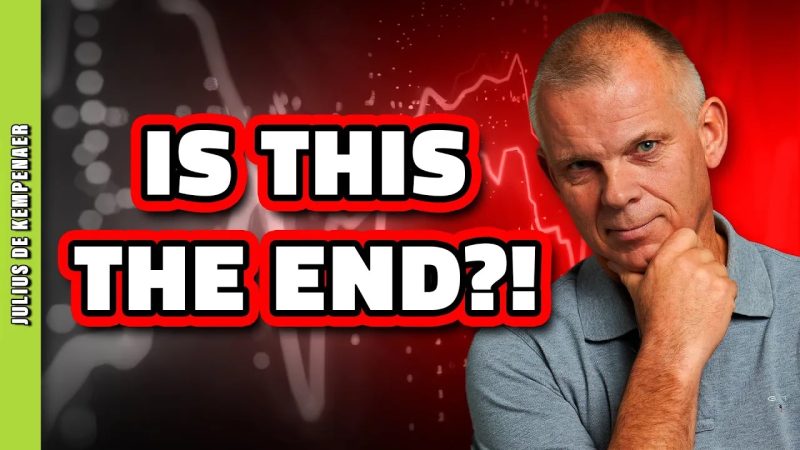One perspective on analyzing the potential end of stock outperformance recently caught the attention of investors and analysts alike. The signal emitted by the narrowing gap between the performance of high- and low-momentum stocks has raised concerns about the sustainability of stock outperformance in the current market environment.
Historically, the outperformance of higher-momentum stocks compared to their lower-momentum counterparts has been a reliable indicator of bullish sentiment in the market. However, as trends are showing signs of shifting, many are starting to question whether this characteristic may be coming to an end.
One factor contributing to this shift is the changing dynamics of market participants. With the rise of passive investing through index funds and ETFs, stock prices have become more correlated, diminishing the potential for individual stocks to significantly outperform the market. Moreover, the influx of retail investors leveraging social media platforms to coordinate trading strategies has introduced higher levels of market volatility and unpredictability, further blurring the lines between stock performance categories.
The COVID-19 pandemic has also played a role in reshaping market dynamics. The unprecedented government stimulus packages and monetary policies implemented to support struggling economies have artificially propped up stock prices, creating a disconnection between market values and underlying economic fundamentals. As the global economy continues its path to recovery, the distortion caused by these interventions may gradually dissipate, potentially leading to a correction in stock outperformance trends.
Furthermore, the rapid pace of technological innovation is reshaping industries and disrupting traditional business models. Companies that fail to adapt and embrace digital transformation risk falling behind, while those that successfully leverage technology to drive growth may emerge as new leaders in the market. This shift in competitive dynamics could result in a redistribution of stock outperformance, favoring companies that demonstrate agility and innovation over those that cling to outdated practices.
In summary, the signs pointing towards a potential end to stock outperformance should prompt investors to reevaluate their strategies and consider diversifying their portfolios to mitigate risks associated with changing market conditions. By staying informed, adaptable, and forward-thinking, investors can navigate the evolving landscape of stock market performance and position themselves for long-term success.
